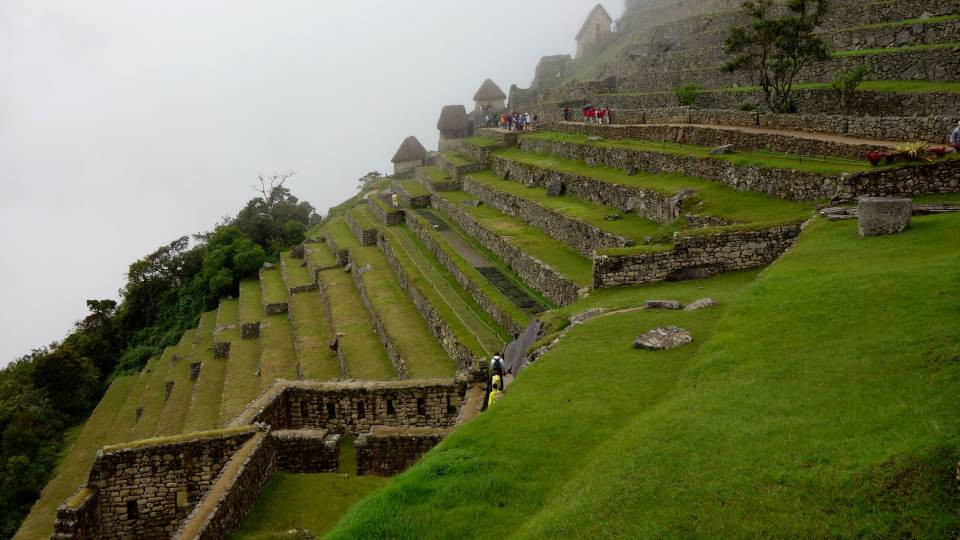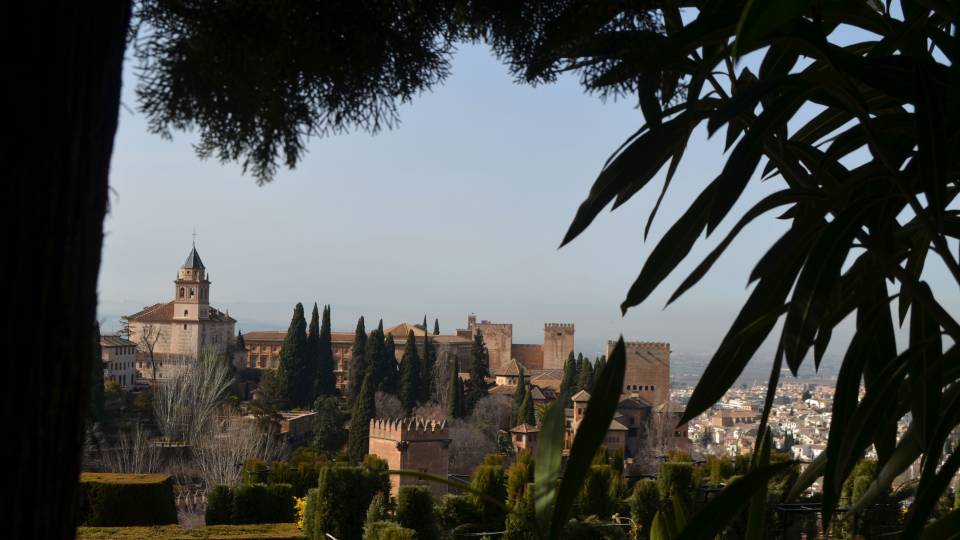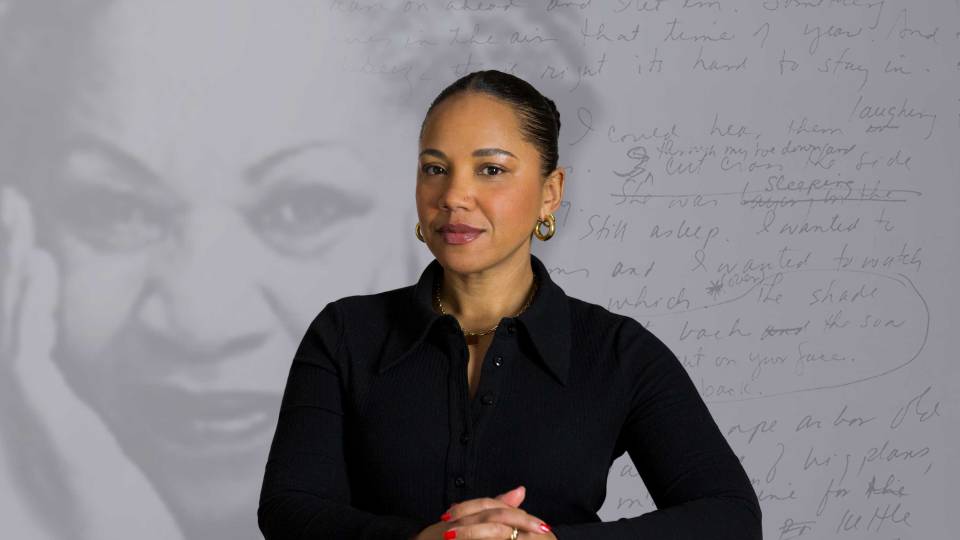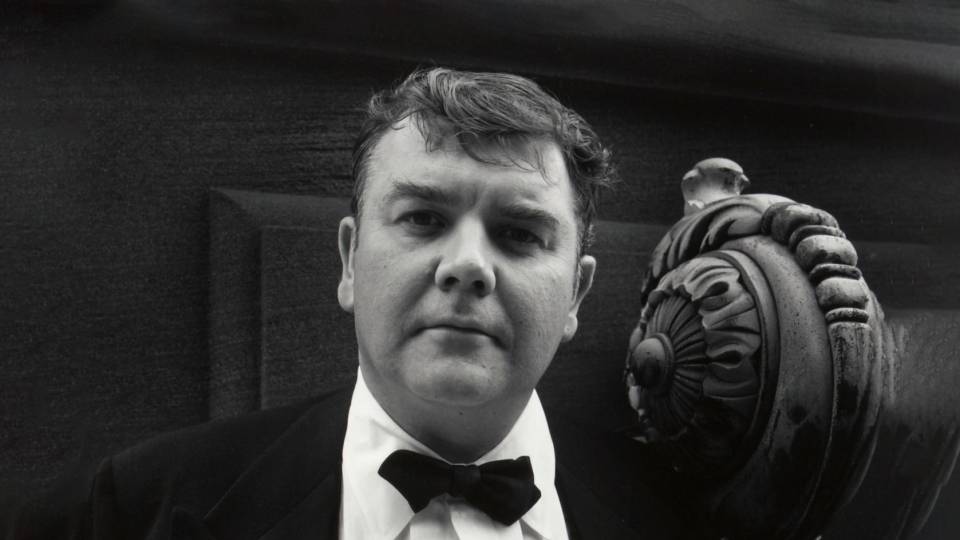From the Jan. 8, 2007, Princeton Weekly Bulletin
What started out as a fundraiser for a nearby historical society has turned into a collaborative learning experience between a faculty member and a staff member at Princeton.
Three years ago Brian Rounsavill, the University’s associate director of purchasing, came up with an idea for a book about Newtown, Pa., as a fundraising project for the Newtown Historic Association, of which he is president. The association wanted new photographs taken of historic sites in Newtown that matched the viewpoint of existing photographs — all close to a century old or much older. The resulting book, the group hoped, would be a beautiful pictorial representation of the past and present of Newtown, one of the oldest and most historic towns in Pennsylvania.
Rounsavill approached Emmet Gowin, a renowned photographer and professor in the University Center for the Creative and Performing Arts who, like Rounsavill, lives in Newtown.
“Probably the best thing I did was to decline to take the pictures,” said Gowin, recalling his first meeting with Rounsavill. Instead, he made what Rounsavill thought was an outlandish suggestion. Why didn’t Rounsavill, who calls himself a “business guy with not a creative bone in my body,” take the pictures himself?
“I said, ‘No one will care about this more than you. You have the passion for this, and that in the end will make it successful,’” Gowin said. “Brian drew in a breath, and I could see the wheels turning.”
In the end, Rounsavill devoted two years to the project, shooting more than 1,200 photos at 120 locations. To capture those shots he hung out of a friend’s plane, climbed trees, scaled fire escapes and laid down in the middle of the street (with friends blocking traffic). The result published last fall, “Newtown Past & Present,” is a stunning oversized book with 81 pairs of photographs of farms, houses, corner stores and churches that captures the beauty, change and history of a remarkable town.
“It’s a lovely book,” said Gowin, who is known for landscape photography that strikingly demonstrates how humans have altered the Earth’s surface. “Again and again he makes a better picture than the historical picture, and that doesn’t usually happen. He has a fantastic sense of light, of where to stand. If you love something like this, it’s amazing how transcendent the results can be.”
Rounsavill said he is indebted to Gowin for giving him the motivation and guidance to complete the project. Gowin advised him on the equipment to purchase — a Nikon Coolpix 5400 camera and a good flatbed scanner — and the basics of photography. Rounsavill would bring his photographs to Gowin’s house and spread them out on a table, and the two men would pore over the shots, discussing perspective and light.
“I’m not an artsy guy,” Rounsavill said. “I have a business background. This totally strayed from my normal comfort zone.”
The project absorbed much of Rounsavill’s free time — there were hours of driving to sites, waiting for people to move cars that blocked his shot, and returning to a location at a different time of year so he could capture a shot that more closely matched the historical one. He researched each site, wrote captions for every photograph and scanned other historical materials, like newspaper clippings and deeds. He often took his daughters, 8-year-old Nicole and 5-year-old Jacqueline, with him while shooting, to teach them about the history of their town.
“He was thorough, he paid attention to detail and he was unwilling to do it badly,” Gowin said. “He wasn’t going to settle for mediocre to get it done. I didn’t know him well enough to know any of that, but that passion is just not duplicatable. That’s where art comes from.”
Despite his new skills, Rounsavill isn’t planning any major new photography projects in the future. “I’m pleased to see people enjoy the book, but I think I’m retired,” he said. “I’ll be happy to stick to taking our girls’ Christmas pictures.”
For more information about the book, visit www.newtownhistoric.org.





